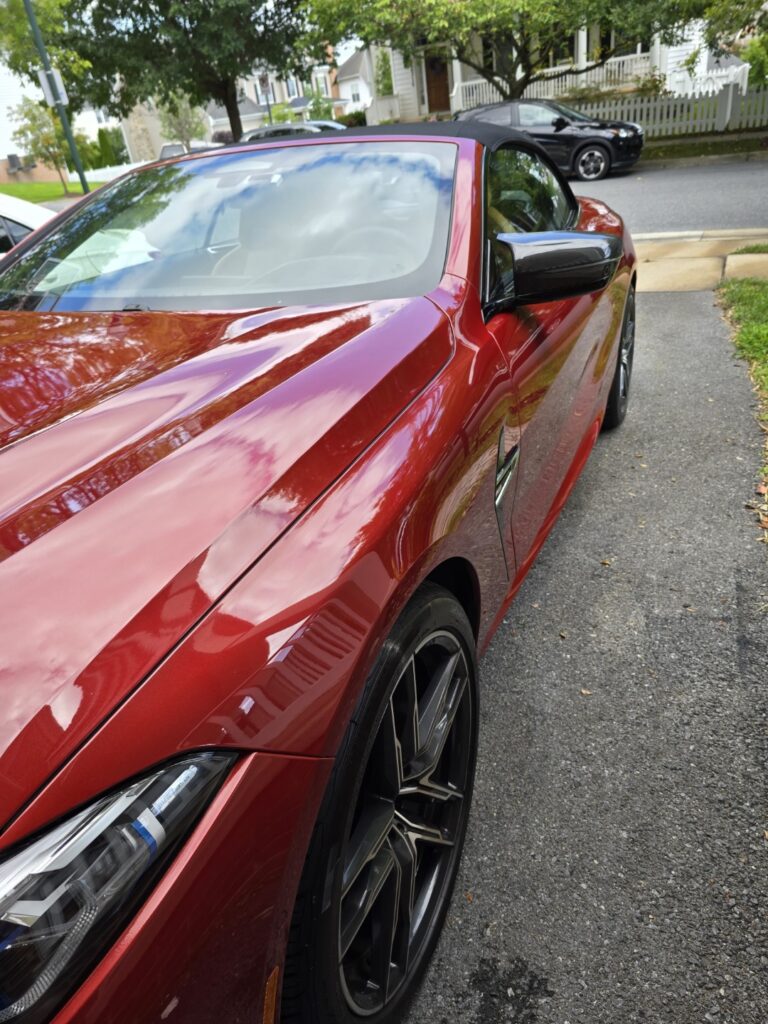
1. Understanding Ceramic Coating
Ceramic coating is a liquid polymer applied to surfaces, creating a durable, protective layer that bonds chemically with the substrate. In automotive applications, it’s primarily used on paint surfaces to provide:
- Enhanced Gloss and Shine: Gives the vehicle a deep, reflective finish.
- Hydrophobic Properties: Repels water, making it easier to clean.
- Protection Against UV Rays: Prevents fading and oxidation.
- Resistance to Chemicals and Contaminants: Shields against bird droppings, tree sap, road salts, and other harmful substances.
2. Other Protective Layers
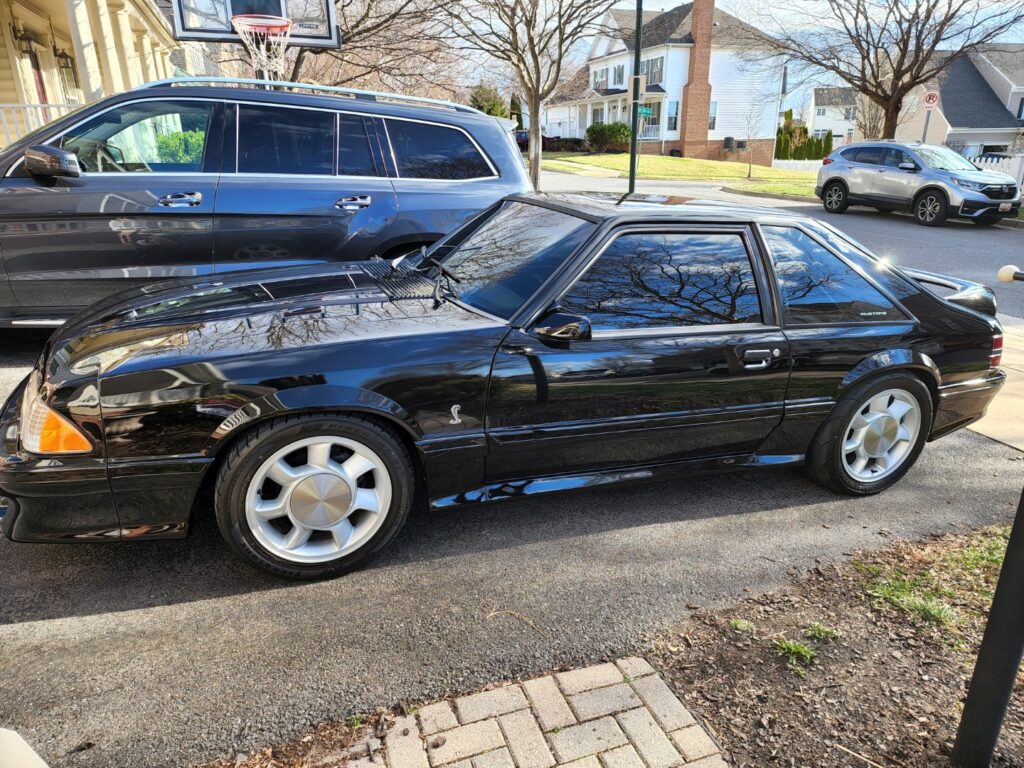
To maximize protection, ceramic coating is often combined with other protective layers, such as:
a. Paint Protection Film (PPF)
- Description: A clear, thermoplastic urethane film applied to the vehicle’s painted surfaces.
- Benefits: Excellent protection against stone chips, scratches, and minor abrasions. Self-healing properties help remove light scratches and swirl marks.
b. Sealants and Waxes
- Description: Synthetic sealants and traditional waxes provide additional layers of protection.
- Benefits: Sealants offer longer-lasting protection compared to waxes, while waxes can enhance gloss and provide temporary protection.
c. Vinyl Wraps
- Description: A vinyl material applied over the vehicle’s paint for aesthetic customization.
- Benefits: Protects the underlying paint from UV rays and minor abrasions while allowing for color and design changes without repainting.
d. Underbody Coatings
- Description: Protective sprays or paints applied to the vehicle’s underbody.
- Benefits: Shields against rust, corrosion, and damage from road debris.
3. Benefits of Combining Ceramic Coating with Other Protective Layers
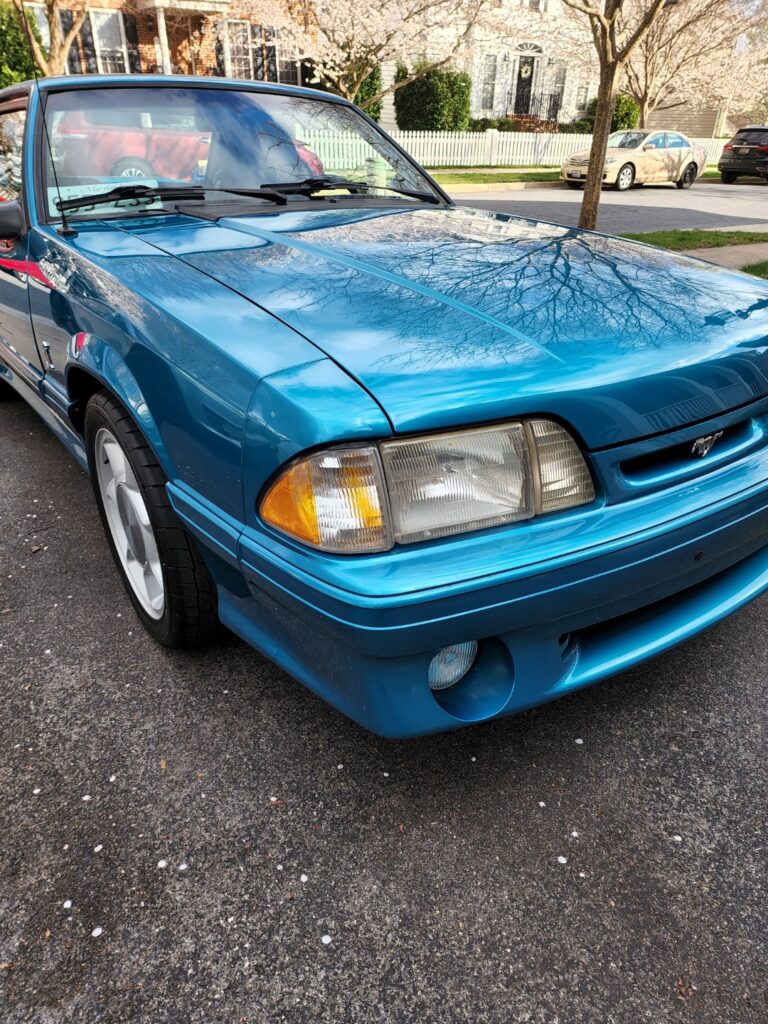
- Comprehensive Protection: Each layer addresses different vulnerabilities, offering multi-faceted defense.
- Enhanced Durability: Combining layers like PPF and ceramic coating extends the lifespan of each protective measure.
- Maintenance Efficiency: Easier cleaning and reduced need for frequent reapplications of protective products.
- Aesthetic Preservation: Maintains the vehicle’s appearance by preventing fading, scratches, and other surface damages.
4. Step-by-Step Guide to Combining Ceramic Coating with Other Protective Layers
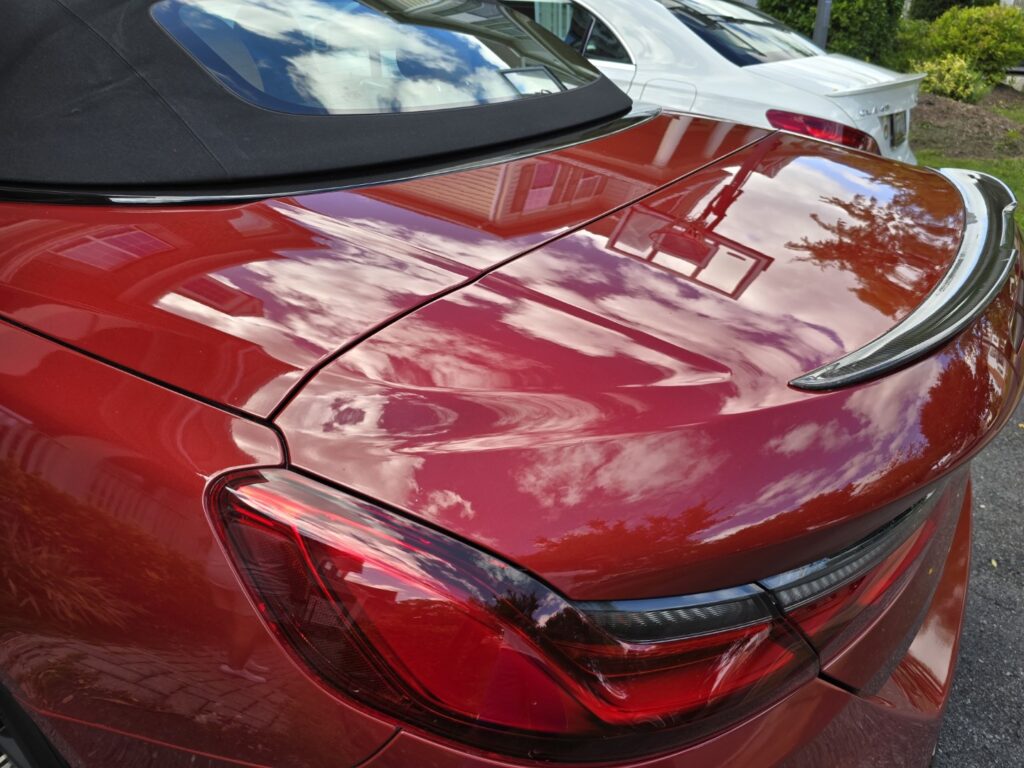
Step 1: Preparation
- Thorough Cleaning: Wash the surface meticulously to remove dirt, grease, and contaminants.
- Decontamination: Use clay bars or chemical decontaminants to eliminate embedded particles.
- Surface Correction: Perform paint correction (polishing) to remove scratches, swirls, and oxidation, ensuring a smooth surface.
Step 2: Application of Paint Protection Film (PPF)
- Installation: Apply PPF to high-impact areas such as the hood, fenders, mirrors, and bumpers.
- Edge Sealing: Ensure all edges are sealed properly to prevent lifting and water ingress.
- Curing: Allow the film to bond and cure as per manufacturer instructions.
Step 3: Application of Ceramic Coating
- Surface Inspection: Ensure the surface is flawless after PPF installation.
- Application: Apply the ceramic coating evenly using an applicator pad, following the product’s specific guidelines.
- Curing: Allow the coating to cure undisturbed, typically requiring several hours to a day for full bonding.
Step 4: Optional Layers (Sealants, Waxes, Vinyl Wraps)
- Sealants/Waxes: If using, apply after the ceramic coating has cured to add an extra layer of protection and enhance gloss.
- Vinyl Wraps: If opting for vinyl wraps, ensure they are applied before ceramic coating, as wrapping can affect coating adhesion.
Step 5: Underbody Coating (If Applicable)
- Preparation: Clean and dry the underbody thoroughly.
- Application: Spray or paint the underbody coating, ensuring even coverage.
- Curing: Allow adequate drying time as per product instructions.
5. Best Practices and Considerations
- Quality Products: Use high-quality ceramic coatings and protective layers from reputable manufacturers to ensure effectiveness and longevity.
- Professional Installation: While DIY application is possible, professional installation can ensure optimal results, especially for PPF and ceramic coatings.
- Compatibility: Ensure that all protective products used are compatible with each other to prevent adverse reactions or reduced effectiveness.
- Environmental Conditions: Apply coatings in a controlled environment, avoiding extreme temperatures and high humidity, to ensure proper bonding and curing.
- Follow Manufacturer Instructions: Adhere strictly to the application guidelines provided by product manufacturers for best results.
6. Maintenance Tips
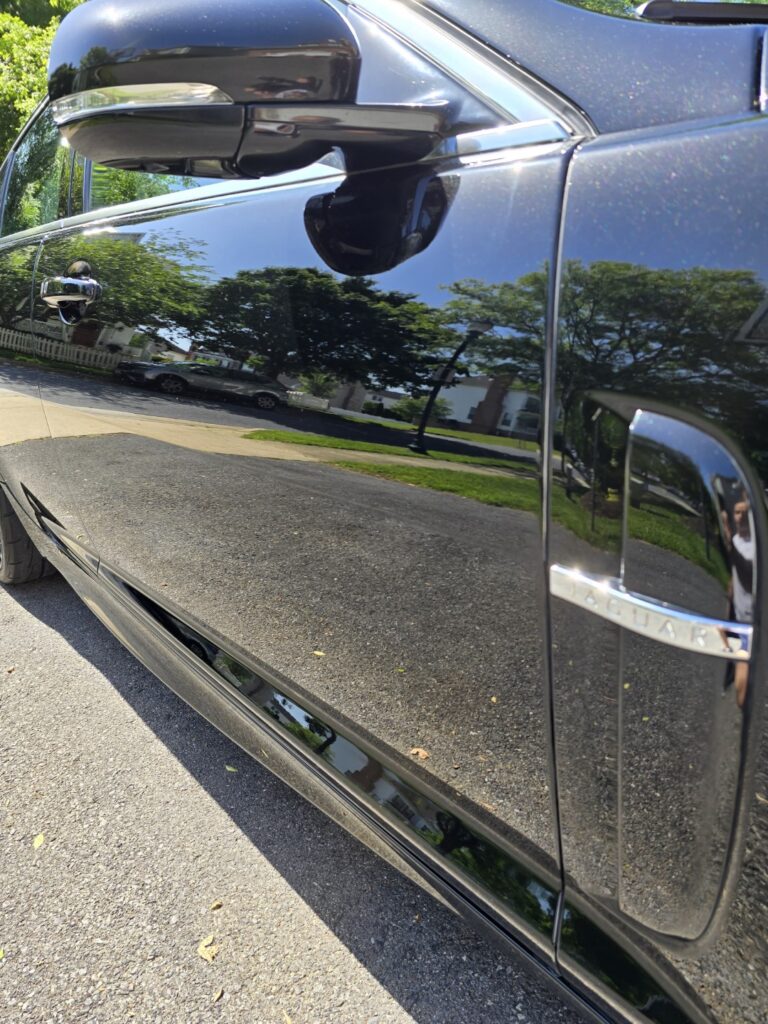
- Regular Washing: Use pH-neutral shampoos to maintain the hydrophobic properties of the ceramic coating and protect underlying layers.
- Avoid Abrasive Cleaners: Prevent damage by steering clear of harsh chemicals and abrasive materials.
- Periodic Inspections: Regularly inspect PPF and other layers for any signs of wear or damage, addressing issues promptly.
- Reapplication: Depending on the products used, reapply sealants or refresh the ceramic coating as recommended to maintain optimal protection.
7. Common FAQs
Q: Can I apply ceramic coating over wax or sealant?
A: It’s best to apply ceramic coating on a clean, wax-free surface. Wax and sealants can interfere with the bonding of the ceramic coating, reducing its effectiveness.
Q: How long does ceramic coating last when combined with PPF?
A: When properly maintained, ceramic coating can last 2-5 years, and PPF can last up to 10 years. Combining them can enhance overall protection and extend the lifespan of each layer.
Q: Is professional installation necessary for combining protective layers?
A: While DIY is possible, professional installation ensures proper application, especially for PPF and ceramic coatings, leading to better performance and longevity.
8. Conclusion
Combining ceramic coating with other protective layers like Paint Protection Film, sealants, waxes, and underbody coatings offers a robust defense against various environmental and physical threats. By following proper application procedures and adhering to maintenance best practices, you can significantly enhance the durability, appearance, and value of your vehicle or other protected surfaces. Investing in a multi-layered protection strategy ensures long-lasting results and reduces the need for frequent repairs or reapplications.
